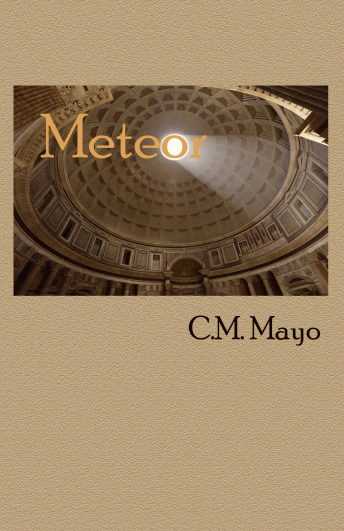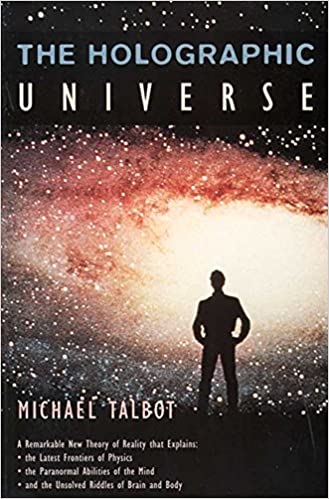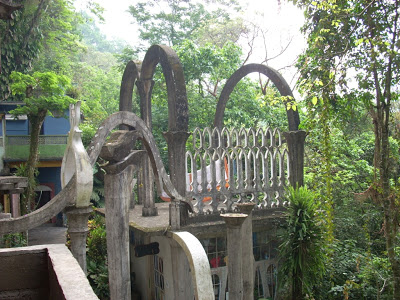
Last Saturday I gave a talk on writing historical fiction at the annual American Independent Writers Association, held this year at the Writer’s Center in Bethesda, MD, just outside Washington DC. It was great fun– and an honor– to sit on a panel with such fine writers as David Taylor (moderator), Barbara Esstman, author of the novel The Other Anna, and Natalie Wexler, author of A More Obedient Wife. My own point of reference was my novel based on the true story, The Last Prince of the Mexican Empire, which came out in paperback last spring from Unbridled Books, as well as some of my other books, both fiction and nonfiction.
I began by introducing what I call “the arc of writerly action.” Imagine the following arrayed in a half circle:
1. Writing the beginning of first draft
2. Writing the middle of first draft
3. Writing to the end of the first draft
4. Inviting feedback
5. Revising (looping around 4 and 5 multiple times)
6. Selling (submitting to agents, publishers)
7. Moving through the process of production, including further revisions and copyediting
8. Marketing the book (readings, lectures, book signings, book festivals, book clubs, interviews, blogging, etc.)
9. Interacting with readers
10. Integrating the resulting changes into one’s personal and professional life
At each stage the writer risks bogging down. Some writers, dreaming for years of their novel, never get the traction to even start, while others might race through the first several stages, then, after multiple rejections from agents, stop. Some manage to publish their book but, wincing from a first sharp review, dive deep into hiding.
The two main reasons writers get stuck, it seems to me, are first, they just don’t care that much; and/or second, anxiety about rejection / criticism overwhelms their ability to take action.
So for many writers, the middle of the first draft, just where things start getting tricky, is the most likely place they will falter. Others stop dead at the first critical reactions to their manuscript. “I’m no good,” “I don’t have talent,” “this is a crazy waste of time,” and so on– I’ve heard so many writers muttering this sort of thing to themselves, and so they keep themselves stuck in the muck.
The emotional exhaustion– or shall I say anxiety fest/ despair?– of accumulating agents’ and editors’ rejections is another cause for freeze-up. I would venture that there are more novels abandoned in drawers and boxes than are ever published.
Point 7 in the arc, moving through the production process, is especially challenging for writers aiming to self-publish. There are a thousand and eleven choices (which printer? print on demand? Smashwords, iUniverse, Lulu? Ebook, Kindle, Nook, and/ or PDF? Encypted PDF? What price? What type of cover, how to do the design it? How to distribute? Hire a fulfillment company? Rent space in a warehouse? Taxes? Do I need to file a “doing business as”? What are ISBNs? Should I get a barcode? etc)– and so, a thousand opportunities to procrastinate.
Point 8, the marketing phase, can tangle down even the most intrepid writers. Especially women, so “nice girl” careful to not be “self promoters,” and/ or — both sexes fall prey to this one– assuming the airy attitude, “I am the artist / serious scholar I do not dirty my hands in the commercial world.” As I always say, book promotion is not self-promotion. Book promotion is book promotion, and when you have a real publisher, that publisher has employees and they are making their living, and not a very good one, probably, in working for your book and it is not, in any way, helpful to any of them for you to play tortoise.
Also, even though they work for your book, no one knows nor cares about your book as much you do, so it behooves you to get out there and do something for it. (Or, pray tell, why did you bother to write it?) Open a donut shop and see if you can sell even one of the hot-out-of-the-oven chocolatissimo yummies, by stashing your sign in the back of the mop closet.
Point 9, interacting with readers: here I am learning. I try to keep up with e-mail but I admit, I have fallen behind. I’m working on it…
Finally, point 10, integrating the changes resulting from publishing the book into one’s personal and professional life: for some, this is a minor thing. But for others, it’s more daunting than the Matterhorn. I think it’s like anything else– graduating from college, getting married, buying a house, getting a job, having a baby, taking a trip, and so on… whether in a small way or a large way, publishing your book will change you. It will change how you see yourself, how others see you, and your responsibilities and opportunities. And this can take a little or a lot of adjustment. Should that come as any surprise? Alas, for some writers, it does. But that’s life, yes? All about learning.
Of course, we all talked about research. I’ll leave that subject for another blog post.
Here’s the handout I provided at the event:
WRITING HISTORICAL FICTION
C.M. MAYO
www.cmmayo.com
Panel on Writing Historical Fiction
American Independent Writers Association Conference
The Writer’s Center, Bethesda, MD, June 11, 2011
A 3 Pronged Process
(kind of sort of… prongs are webbed…)
1. Mastering the Techniques of Fiction
Boorstin, Jon, Making Movies Work:Thinking Like a Filmmaker
Gardner, John The Art of Fiction: Notes on Craft for Young Writers
McKee, Robert, Story: Substance, Structure, Style, and the Principles of Screenwriting
Prose, Francine, Reading Like a Writer: A Guide for People Who Love Books and for Those Who Want to Write Them
Scarry, Elaine, Dreaming by the Book
Wood, James, How Fiction Works
2. Mastering the Management of Your Time and Creative Energies
Baum, Kenneth, The Mental Edge: Maximize Your Sports Potential with the Mind-Body Connection
Cameron, Julia, The Artist’s Way
Flack, Audrey, Art & Soul: Notes on Creating
Lamott, Anne, Bird by Bird: Some Instructions on Writing and Life
Leonard, George, Mastery: The Keys to Success and Long-Term Fulfillment
Maisel, Eric, PhD., Fearless Creating: A Step-by-Step Guide to Starting and Completing Your Work of Art
Pressfield, Steven, The War of Art: Winning the Creative Battle
See, Carolyn, Making a Literary Life
3. Seeing, Knowing, and Telling the Truth
Butler, Robert Olen, From Where You Dream: The Process of Writing Fiction
Ricco, Gabriele Lusser, Writing the Natural Way: Using Right-Brain Techniques to Release Your Expressive Powers
Smith, Pamela Jaye, Inner Drives: How to Write & Create Characters Using the Eight Classic Centers of Motivation
Simon, Mark, Expressions: A Visual Reference for Artists

What Is Writing (Really)? Plus A New Video of Yours Truly Talking
About Four Exceedingly Rare Books Essential for Scholars of
the Mexican Revolution
From the Writer’s Carousel: Literary Travel Writing
Q & A with Timothy Heyman on the Incomparable Legacy of
German-Mexican Novelist B. Traven
















